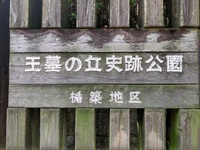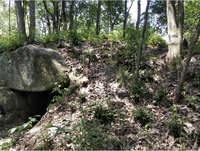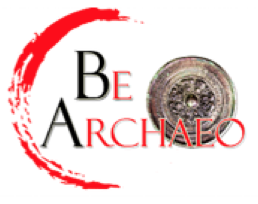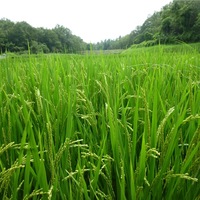遺跡台帳 - Site records
-
ASA TBO Ext trenches 1&2 CR
Tobiotsuka - External trenches 1&2 -
Minamikata / 南方
The Minamikata site was a large settlement site located in Okayama City that flourished primarily from the Early to Middle Yayoi period. A significant amount of wooden objects have been found in good condition, letting us reconstruct the nature of agricultural implements, architecture, and various items of daily life. In addition, animal bones and shells have also been unearthed in good condition. 岡山市に所在する南方遺跡は弥生時代前期~中期を中心に盛行する複合遺跡です。木製品が良好な状態で多量に出土したため、弥生時代の農具、建築、日常用品などの様子を復元することができます。動物遺存体なども多く検出されています。 -

Tatetsuki/楯築遺跡
The Tatetsuki Site is a burial mound built in the late Yayoi period located in Yabe, Kurashiki City. Most of the protrusions were destroyed during the development work that took place in the 1960s, but the total length including the disappeared protrusions is estimated to be about 80m, making it one of the largest burial mounds in Japan during the same period. An excavation survey conducted by Okayama University revealed that the main burial was a wooden coffin structure with wooden boards surrounding the outside of the coffin. At the bottom of the wooden coffin, a large amount of mercury vermilion with a total weight of more than 32 kg was thickly spread, and on top of it, an iron sword, magatama, tube beads, small glass beads, and other beads were buried. . In addition, in the vicinity of the center of the circular mound, which is the upper part of the central body, a large number of pebbles are deposited. Many relics were included, such as a small stone with a pattern similar to the Sentaimonseki, which is the object of worship of the former Tatetsuki Shrine. -

Tobiotsuka kofun / 鳶尾塚古墳
This is Tobiotsuka Kofun, a mounded tomb located in Soja City, Okayama Prefecture, and dating to the Late Kofun period (late 6th to early 7th century). The truly impressive size of its stone chamber suggests that the interred individual was a powerful ruler of the area. 岡山県総社市に所在する鳶尾塚古墳は古墳時代後期(6世紀末~7世紀初頭)に位置付けられる円墳です。巨石を用いた大きな石室は、被葬者がこの地域の有力者であったことを示します。

